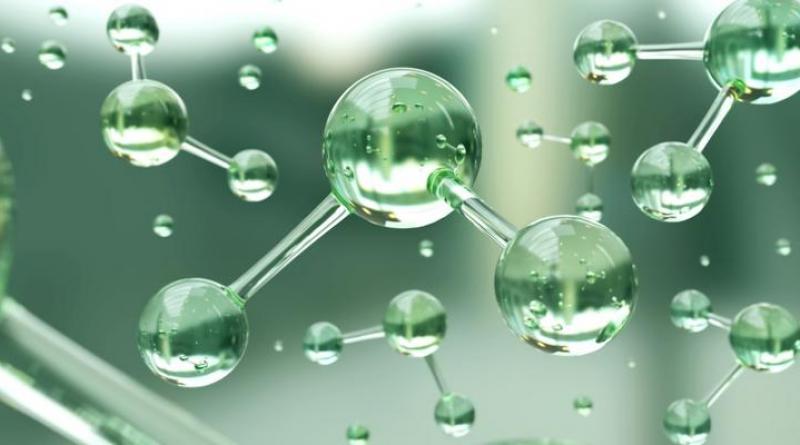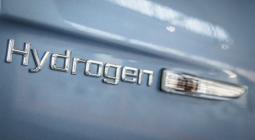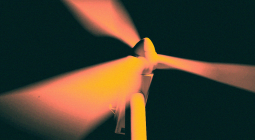EU Makes a New Bet on Green Hydrogen.

Green hydrogen to balance out volatile electricity generation from new renewable energy sources, integrate them into the energy system.
The European Commission has awarded the H2FUTURE project to a consortium made up of voestalpine, Siemens, VERBUND, and Austrian Power Grid (APG). Joining forces with them are research-partners K1-MET and ECN. The contract is for the construction of one of the world’s largest electrolysis plants for producing green hydrogen. The project partners will work and research cooperatively to develop an innovative hydrogen demonstration plant at the voestalpine site in Linz, Austria.
The project is based on a key assumption: both the industry at large and energy providers are confronted with serious energy policy challenges in Europe. The European Union’s (EU) climate and energy goals stipulate a 40% reduction of carbon dioxide emissions by 2030, which poses almost unsolvable problems for energy-intensive industries. The European electricity sector is experiencing a radical change, with overcapacities of volatile new renewable solar and wind energy. Green hydrogen produced based on carbon dioxide-free green electricity presents enormous potential for use as an industrial process gas, as well as for energy storage. The H2FUTURE project is an important milestone on the road toward coupling the energy sector with various key industry sectors.
Bart Biebuyck, executive director, European Commission, Fuel Cells and Hydrogen Joint Undertaking (FCH JU) said that the FCH JU is “thrilled to see the launch of such a ground-breaking project. H2FUTURE gathers a constructive partnership which is decisive in the process of greening the industry while harnessing the power of renewables. This is key to positioning the industry and the sector the right way to help meet the Cop 21 agreement targets. After having supported 25 projects in the field of electrolyzers, the FCH JU is proud to see the birth of the most ambitious project in this field, aiming to build one of the largest proton exchange membrane (PEM) electrolyzers.”
5 August 2019
T&D World




